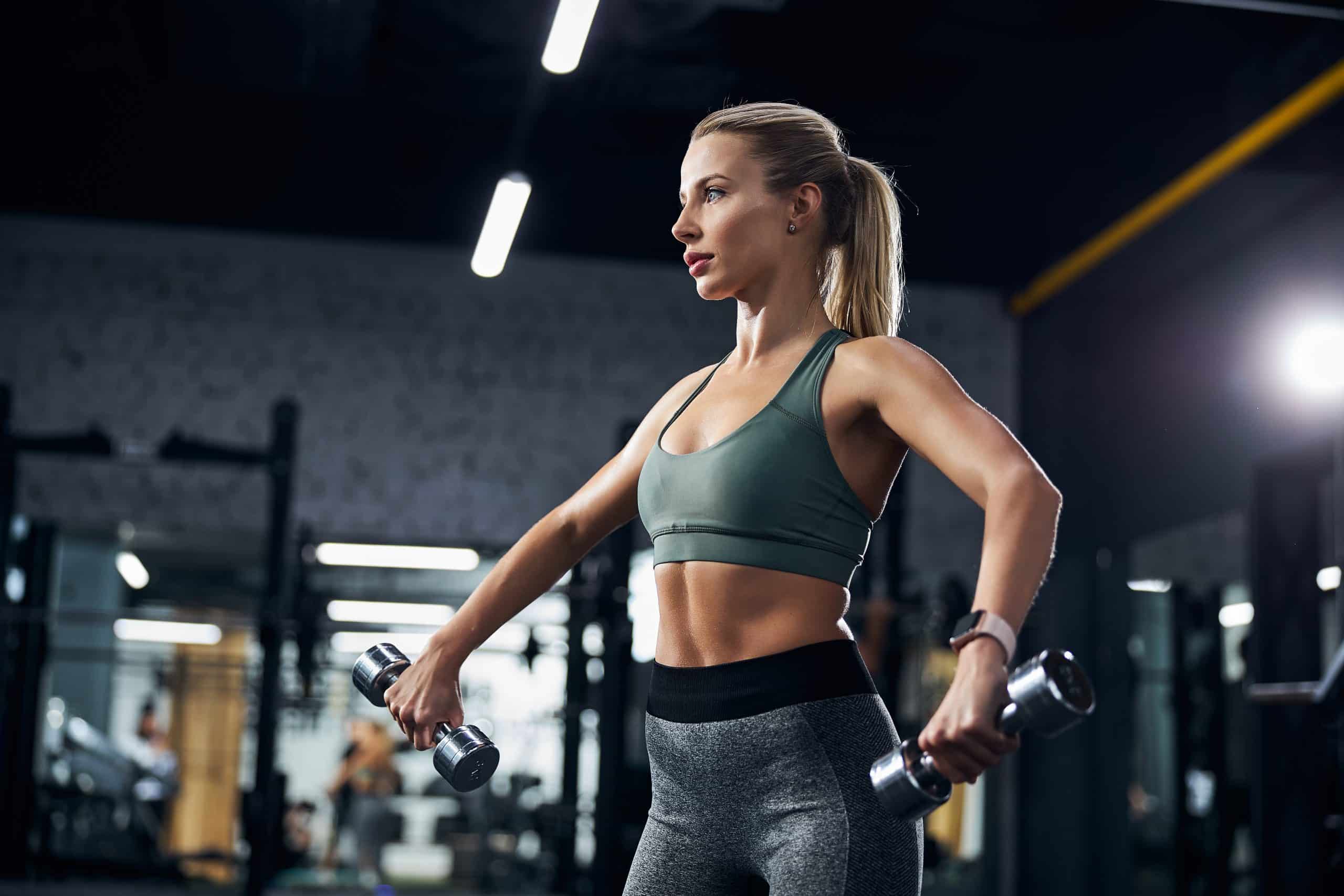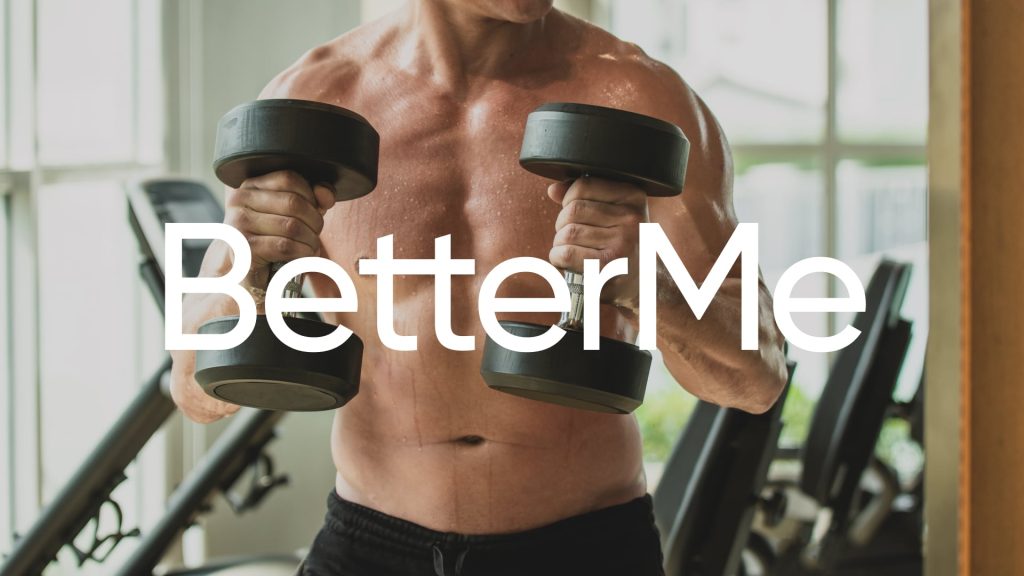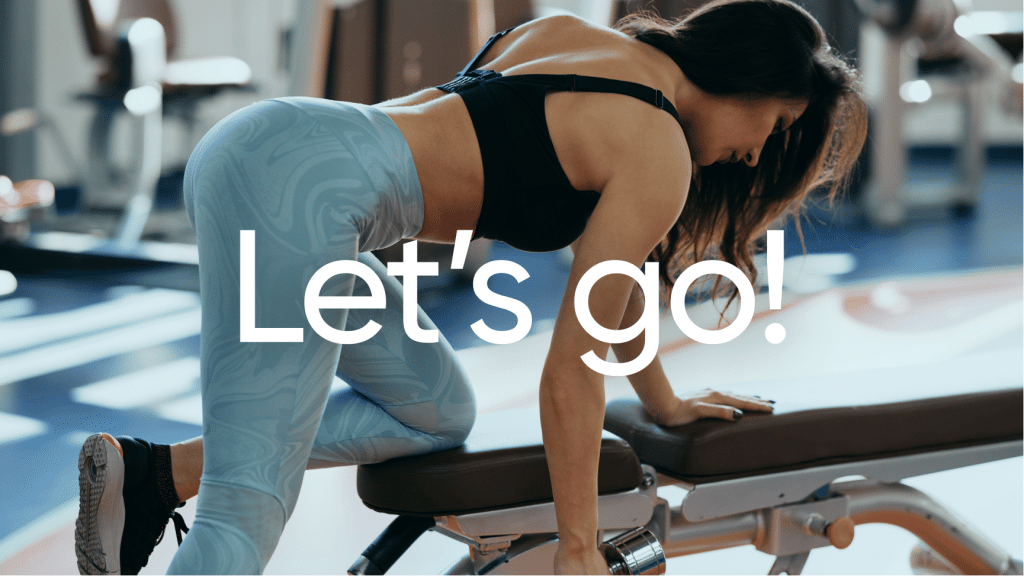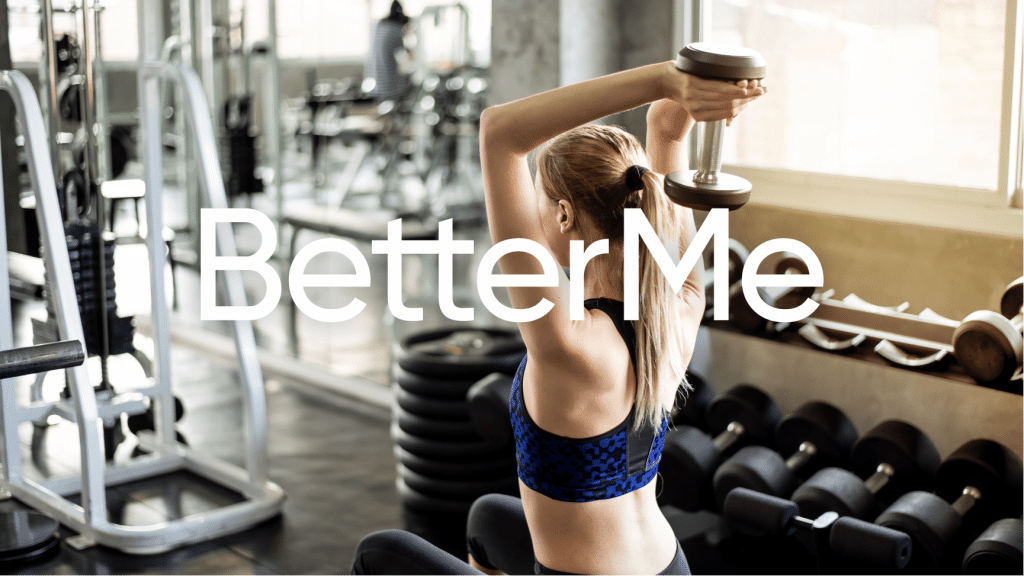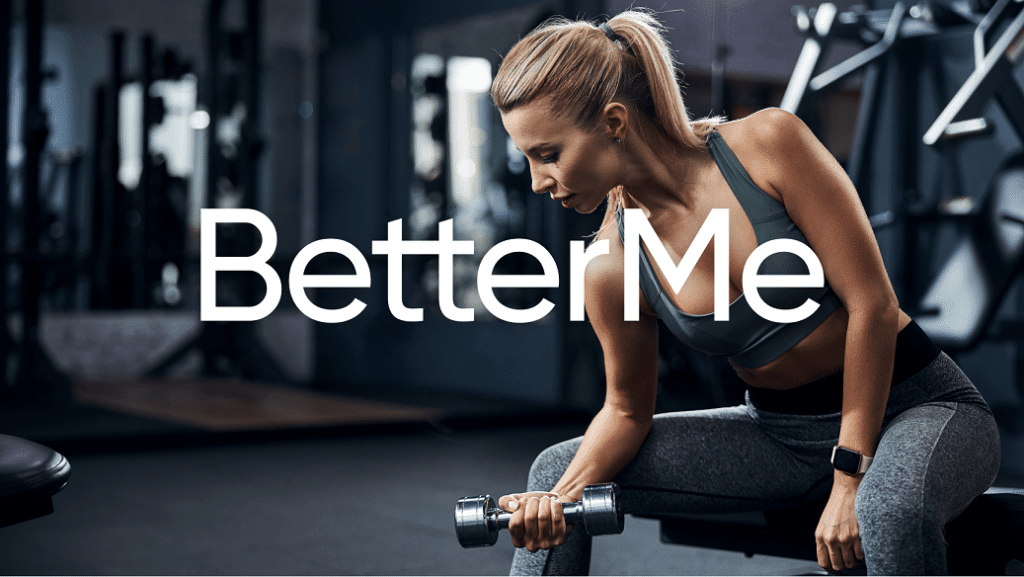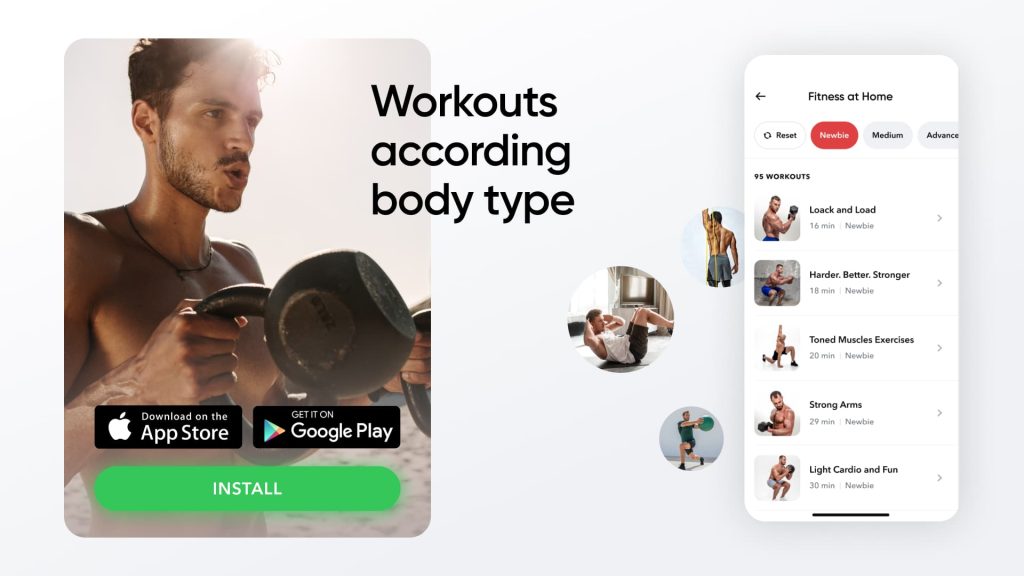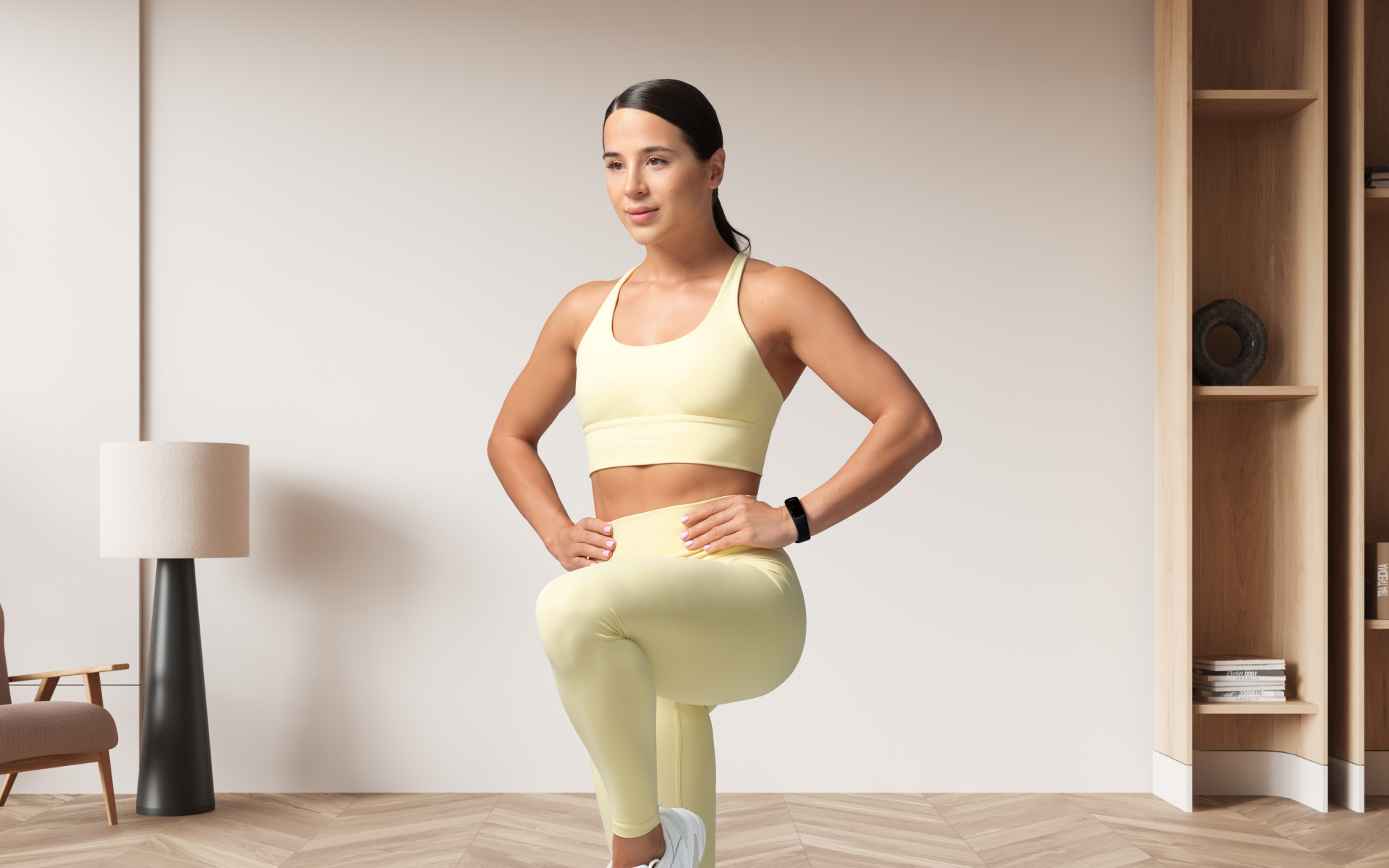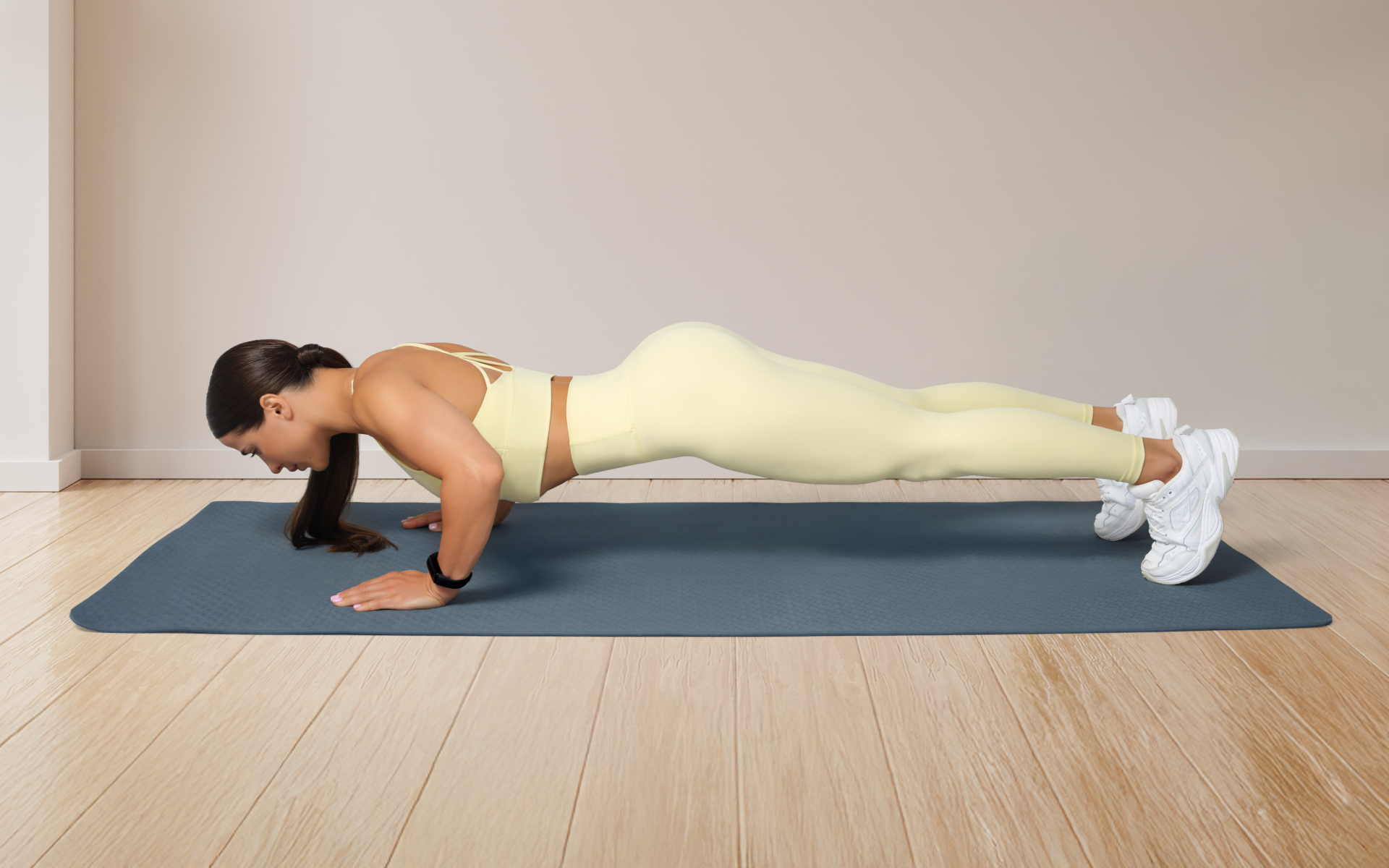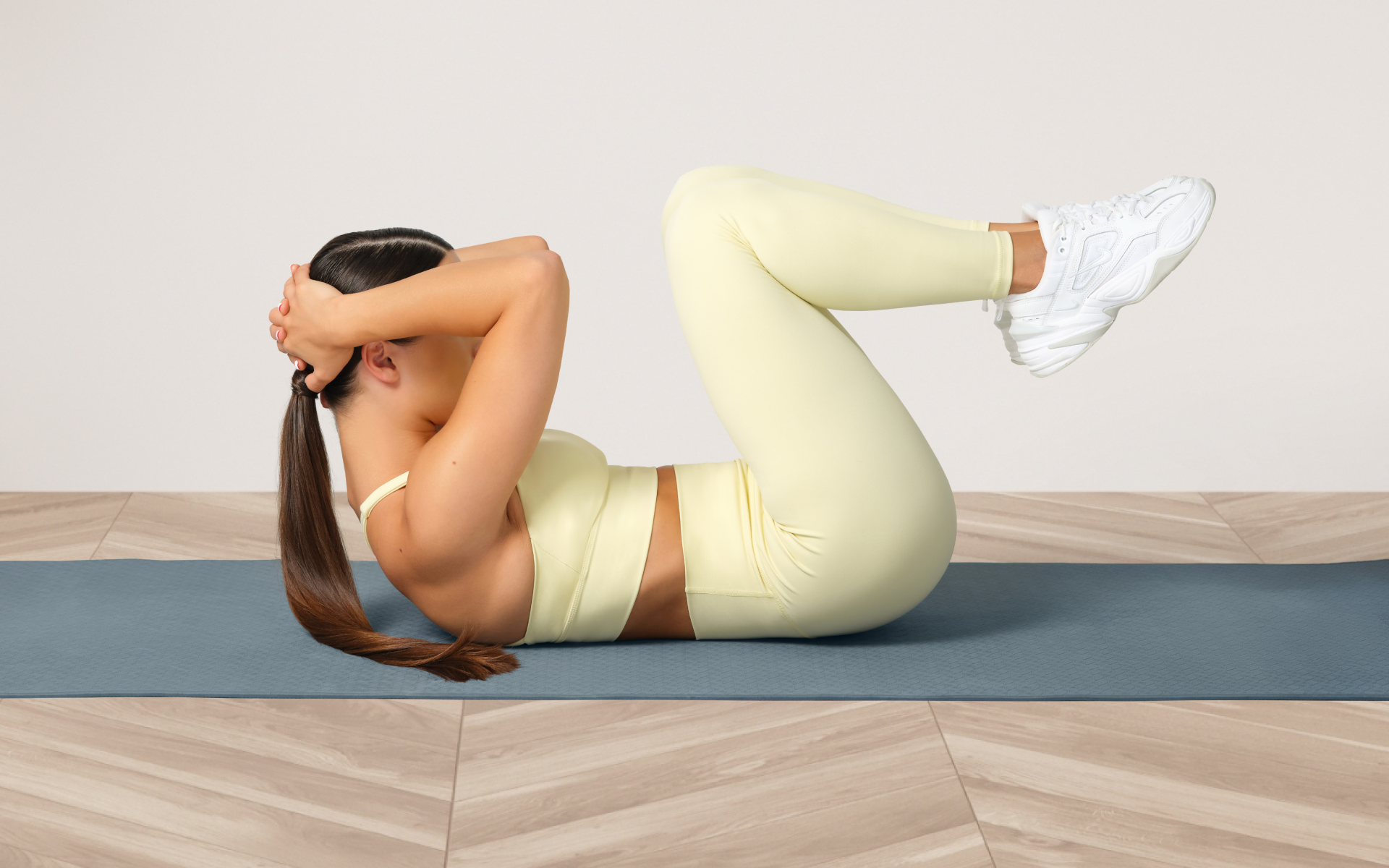Dumbbells are an incredibly versatile and effective piece of equipment that can target multiple muscle groups, making them more useful than many other fitness tools. Not only can they be used to build strength, but also for cardio and even improve posture. Contrary to popular belief, you can absolutely get stronger and more toned using dumbbells alone. In this ultimate guide, we will provide you with a comprehensive and easy-to-follow workout routine that will help you achieve total body transformation in just 30 days. We’ll cover everything from proper form and technique to targeted exercises for each muscle group, ensuring that you have all the knowledge and tools necessary for success.
How Effective Is A 30-Day Dumbbell Workout?
A well-structured 30-day dumbbell workout can be highly effective in helping individuals achieve their fitness goals and improve overall health. By targeting muscle growth, fat loss, cardiovascular health, flexibility, and mental well-being, this workout routine offers comprehensive benefits that make it a valuable addition to any fitness plan.
Even so, the effectiveness of a 30-day dumbbell workout plan largely depends on factors such as consistency, proper form, and progressive overload. When these elements are combined, a dumbbell workout can be highly effective in helping individuals achieve their fitness goals within a month.
Some of the key benefits of a 30-day full-body dumbbell workout include:
Muscle Growth And Strength
Dumbbell exercises target multiple muscle groups, allowing for balanced and symmetrical muscle development. By progressively increasing weight or repetitions over the 30 days, you stimulate muscle growth and increase strength.
This matters for fitness and overall health because stronger muscles improve posture, reduce injury risk, and support daily activities (3).
Increased Calorie Burn And Fat Loss
The compound movements involved in a dumbbell workout engage several muscle groups simultaneously, which increases the number of calories burned during and after your workout.
This elevated calorie burn contributes to fat loss, which is essential for maintaining a healthy body weight and reducing the risk of chronic diseases (2).
Improved Cardiovascular Health
A 30-day dumbbell workout can be designed to include both strength training and cardiovascular exercises, such as circuit training. This combination not only enhances muscle strength but also improves heart health by increasing blood circulation and oxygen delivery to the working muscles (5).
Good cardiovascular health is vital for reducing the risk of heart disease and stroke.
Enhanced Flexibility And Mobility
Incorporating dumbbell exercises that involve a full range of motion can help improve flexibility and mobility. This is important for overall fitness and health as it allows better movement and reduces the risk of injury. Moreover, better flexibility and mobility contribute to improved performance in various physical activities and sports (4).
Boosted Mental Well-Being
A consistent 30-day dumbbell workout program can have positive effects on mental health. Regular exercise releases endorphins, which are natural mood elevators, helping reduce stress, anxiety, and depression (1). Additionally, achieving your fitness goals can boost self-esteem and confidence, leading to an overall improvement in well-being.
Read More: Morning Workout Benefits: The 12 Best Ways They Improve Your Health
What Is The Best 30-Day Workout?
The best 30-day workout for you should be tailored to your specific needs and objectives, whether it’s strength training, weight loss, flexibility, or overall fitness improvement. You must choose a workout program that aligns with your goals, keeps you engaged, and provides a balance between challenge and safety to ensure sustainable progress and minimize injury risk.
There is no one-size-fits-all “best” 30-day workout, as the ideal plan depends on individual goals, fitness levels, and personal preferences.
However, when selecting a pre-made 30-day dumbbell workout plan, consider the following factors to ensure it’s the right fit for you:
Fitness Goals
Choose a plan that aligns with your specific objectives, such as building muscle, losing weight, or increasing endurance. Make sure the selected workout focuses on exercises and training techniques that will help you achieve these goals.
Fitness Level
Select a plan that matches your current fitness level. If you’re a beginner, look for a program with simpler exercises and clear instructions on proper form. If you’re more experienced, opt for a plan that offers a challenging progression to keep you engaged and motivated.
Time Commitment
Consider how much time you can realistically dedicate to your workouts each day. Choose a plan that fits within your schedule and won’t leave you feeling overwhelmed or unable to complete the sessions.
Equipment Availability
Ensure the plan you choose only requires equipment you have access to, such as dumbbells of various weights. If additional equipment is needed, make sure you can easily acquire or substitute it.
Progression And Variety
A good workout plan should incorporate progressive overload, gradually increasing the intensity or difficulty of the exercises over time. This helps prevent plateaus and keeps you challenged. Look for a plan that also offers a variety of exercises and training styles to maintain your interest and work with different muscle groups.
Safety And Injury Prevention
The selected plan should emphasize proper form, warm-ups, cool-downs, and stretching to minimize the risk of injury. If you have any existing injuries or limitations, make sure the plan provides modifications or alternatives for those exercises.
Support And Guidance
Ideally, the workout plan should offer clear instructions, demonstration videos, or access to support from fitness professionals if you have questions or need assistance.
By considering these factors, you can evaluate whether a pre-made dumbbell workout plan is the right fit for you and will help you achieve your fitness goals effectively and safely.
Want to build an attention-grabbing bubble butt, blast away fat that’s stored in all the wrong places, spring-clean your diet, turn back the clock on your skin, skyrocket your self-confidence and shatter your insecurities? Check out the BetterMe app and set this plan in motion!
Making Your Own 30-Day Dumbbell Workout Plan
Creating a personalized 30-day dumbbell workout plan can be an effective way to address your specific goals and preferences.
Here’s what you need to know to create one:
1. How Long Should A Dumbbell Workout Last?
A typical dumbbell workout should last between 45-60 minutes, depending on your fitness level and goals. It’s essential to focus on maintaining proper form and giving yourself enough time to recover between sets. Remember that quality is more important than quantity when it comes to exercise.
2. How Many Days Per Week Should I Perform The 30-Day Dumbbell Workout?
Aim to perform the 30-day dumbbell workout 3-5 days per week. This frequency allows for adequate muscle stimulation while providing enough rest for recovery and growth. Be sure to also schedule rest days between workouts to prevent overtraining and optimize results.
3. What Size Of Dumbbells Should I Start With?
Start with a weight that challenges you but allows you to maintain proper form for the desired number of repetitions. For beginners, this might mean lighter weights (e.g., 5-10 lbs). As you progress through the 30 days, gradually increase the weight to ensure continuous improvement and avoid plateaus.
5. What Types Of Exercises Should Be Included In The 30-Day Dumbbell Workout?
Include a mix of compound and isolation exercises to target various muscle groups. Compound exercises, like squats and rows, work multiple muscles simultaneously. Meanwhile, isolation exercises, like bicep curls and tricep extensions, focus on specific muscles. This balanced approach promotes overall muscle development and functional strength.
6. How Do I Ensure Proper Form And Technique During The 30-Day Dumbbell Workout?
To ensure proper form, research each exercise and, if possible, watch instructional videos or consult with a fitness professional. Focus on controlled movements, engaging the targeted muscles, and maintaining a neutral spine.
Don’t hesitate to reduce the weight or modify exercises if you’re struggling with form.
Read More: Benefits Of Barre Workout That Make It A Must-Try In 2023
Here’s the 1-week full-body dumbbell workout routine with specified targeted muscle groups for each exercise:
Day 1: Full-Body Workout A
- Goblet Squat (3 sets x 10 reps) – Targeting: Quadriceps, hamstrings, glutes, and core
- Dumbbell Bench Press (3 sets x 10 reps) – Targeting: Chest, shoulders, and triceps
- Bent-Over Row (3 sets x 10 reps) – Targeting: Back, biceps, and rear deltoid
- Dumbbell Deadlift (3 sets x 10 reps) – Targeting: Hamstrings, glutes, lower back, and core
- Standing Shoulder Press (3 sets x 10 reps) – Targeting: Shoulders and triceps
- Bicep Curl (3 sets x 12 reps) – Targeting: Biceps
- Tricep Kickback (3 sets x 12 reps) – Targeting: Triceps
Day 2: Rest or Active Recovery
Day 3: Full-Body Workout B
- Reverse Lunge (3 sets x 10 reps per leg) – Targeting: Quadriceps, hamstrings, and glutes
- Push-Up (3 sets x 10 reps) – Targeting: Chest, shoulders, and triceps
- Single-Arm Dumbbell Row (3 sets x 10 reps per arm) – Targeting: Back, biceps, and rear deltoids
- Romanian Deadlift (3 sets x 10 reps) – Targeting: Hamstrings, glutes, and lower back
- Lateral Raise (3 sets x 12 reps) – Targeting: Lateral deltoids (side shoulders)
- Hammer Curl (3 sets x 12 reps) – Targeting: Biceps and forearms
- Overhead Tricep Extension (3 sets x 12 reps) – Targeting: Triceps
Day 4: Rest or Active Recovery
Day 5: Full-Body Workout A
- Repeat the exercises from Day 1
Day 6: Rest or Active Recovery
Day 7: Full-Body Workout B
- Repeat the exercises from Day 3
7. How Do I Ensure Proper Form And Technique During The 30-Day Dumbbell Workout?
Here are some common signs of poor form or technique, along with brief explanations:
Rounded Back
If your spine is not in a neutral position during exercises like deadlifts or bent-over rows, you risk straining your lower back. Keep your chest up and engage your core to maintain a neutral spine.
Locking Joints
Fully extending and locking your knees or elbows during exercises can put unnecessary stress on the joints. Slightly bend your joints at the end of each movement to maintain tension on the muscles and protect your joints.
Using Momentum
Swinging or jerking weights during exercises like bicep curls or shoulder presses indicates that you’re using momentum rather than engaging your muscles. Slow down the movement and focus on controlled contractions.
Uneven Distribution Of Weight
Shifting your weight unevenly during exercises, like lunges or squats, can lead to imbalances and increase injury risk. Focus on keeping your weight evenly distributed between both legs and maintaining proper alignment.
Incomplete Range Of Motion
Not fully extending or contracting your muscles during exercises can limit your progress and contribute to muscle imbalances. Strive for a full range of motion while maintaining control and proper form.
Holding Your Breath
Holding your breath during exercise can cause an unsafe increase in blood pressure and limit oxygen delivery to your muscles. Practice consistent breathing, exhaling during the exertion phase, and inhaling during the relaxation phase.
Improper Grip
Gripping weights incorrectly or too tightly can lead to wrist strain or imbalances in muscle development. Ensure your grip is secure but not overly tight, and keep your wrists in a neutral position.
By recognizing these signs of poor form or technique, you can make necessary adjustments to ensure proper execution and minimize the risk of injury during your 30-day dumbbell workout.
When it comes to weight loss, progress is made by inches, not miles, so it’s much harder to track and a lot easier to give up. BetterMe app is your personal trainer, nutritionist and support system all in one. Start using our app to stay on track and hold yourself accountable!
8. How Can I Progressively Overload And Challenge Myself During The 30-Day Dumbbell Workout?
Progressive overload can be achieved by increasing weight, adding repetitions, reducing rest periods, or incorporating more challenging exercise variations. Plan to make these adjustments every 1-2 weeks to ensure continuous progress and avoid plateaus.
9. How Much Rest Should I Take Between Sets And Exercises In The 30-Day Dumbbell Workout?
Rest periods should range from 30 seconds to 2 minutes between sets, depending on the intensity of the exercise and your goals.
For strength and muscle building, opt for longer rest periods (1-2 minutes), while shorter rest periods (30-45 seconds) may be more suitable for endurance-focused workouts.
10. How Should I Warm Up And Cool Down For The 30-Day Dumbbell Workout?
Begin each workout with a 5-10 minute warm-up, including light cardio (e.g., jumping jacks, jogging in place) and dynamic stretches, targeting the muscles you’ll be working. After your workout, spend 5-10 minutes cooling down with static stretching and deep breathing to aid recovery and improve flexibility.
11. Can I Modify The 30-Day Dumbbell Workout To Suit My Fitness Level Or Limitations?
Yes, modifications can be made to the 30-day dumbbell workout to accommodate different fitness levels or limitations. Adjust the weight, repetitions, or exercise variations to suit your needs. If you’re unsure about appropriate modifications, it is best to consult a fitness professional for guidance.
12. How Should I Track My Progress Throughout The 30-Day Dumbbell Workout?
Keep a workout journal or use a fitness app to record your workouts, weights used, and any personal records achieved. Tracking your progress helps you stay motivated, identify areas for improvement, and make necessary adjustments to your plan for continued success.
13. How To Recover From A Dumbbell Workout?
To optimize recovery from a dumbbell workout, follow these tips:
- Cool down: Spend 5-10 minutes cooling down with static stretching and deep breathing after your workout. This helps reduce muscle soreness and improve flexibility.
- Hydrate: Drink plenty of water before, during, and after your workout to replenish fluids lost through sweat and support muscle function.
- Nutrition: Consume a balanced meal or snack within 30-60 minutes of your workout, focusing on protein and carbohydrates. Protein supports muscle repair and growth, while carbohydrates replenish energy stores.
- Rest: Ensure you’re getting adequate sleep (7-9 hours per night) to promote muscle recovery and overall well-being. Schedule rest days between workouts to allow your muscles time to recover and grow.
- Active Recovery: On rest days, consider engaging in low-intensity activities, such as walking, swimming, or yoga. Active recovery can help reduce muscle soreness and improve circulation without causing further fatigue.
- Foam Rolling: Using a foam roller or massage ball to target tight or sore muscles can help relieve tension, increase blood flow, and speed up recovery.
- Listen to Your Body: Pay attention to any signs of excessive fatigue, persistent soreness, or pain. If needed, adjust your workout plan, reduce the intensity, or consult a fitness professional for guidance.
By incorporating these recovery strategies, you can minimize muscle soreness, prevent injury, and enhance your performance during the 30-day dumbbell workout plan.
Conclusion
By following the step-by-step instructions and incorporating the 1-week full-body routine sample, you can create an effective and personalized 30-day dumbbell workout plan. Remember to prioritize proper form, progressive overload, and recovery to optimize your results and achieve your fitness goals.
DISCLAIMER:
This article is intended for general informational purposes only and does not serve to address individual circumstances. It is not a substitute for professional advice or help and should not be relied on for making any kind of decision-making. Any action taken as a direct or indirect result of the information in this article is entirely at your own risk and is your sole responsibility.
BetterMe, its content staff, and its medical advisors accept no responsibility for inaccuracies, errors, misstatements, inconsistencies, or omissions and specifically disclaim any liability, loss or risk, personal, professional or otherwise, which may be incurred as a consequence, directly or indirectly, of the use and/or application of any content.
You should always seek the advice of your physician or other qualified health provider with any questions you may have regarding a medical condition or your specific situation. Never disregard professional medical advice or delay seeking it because of BetterMe content. If you suspect or think you may have a medical emergency, call your doctor.
SOURCES:
- Exercise for Mental Health (2006, nih.gov)
- Healthy Weight (2022, harvard.edu)
- Resistance training – health benefits (2022, nih.gov)
- The Importance of Flexibility and Mobility (n.d., psu.edu)
- The many ways exercise helps your heart (2023, nih.gov)
